Description
Gold Standard Cell Counts, Cell Size, and Viability
The Moxi V provides a combination of volumetric cell sizing (Particle Sizer) with simultaneous fluorescence (Cell Analyzer) to provide the most accurate cell counts, size, and viability in the industry. Specifically, the Moxi V employs the Coulter Principle to precisely measure the volumetric particle size of each particle for exact size measurements down to 3um in diameter (14fL volume), easily distinguishing between cells and debris. The system is also equipped with a 532nm laser and a 561nm/LP detection channel for robust cell viability analysis. Propidium Iodide (PI)-stained dead cells measure 50-100 times brighter fluorescence on the system than do live cells, removing the ambiguity associated with traditional Trypan Blue viability assessments. For each test, these size and viability measurements are applied, individually, to up to 23,000 cells in a matter of a few seconds. This ensures the highest level of precision and statistical robustness. As the fluidic volume is precisely metered as well, the particle counts are presented as an exact cell concentration.
The Moxi V employs a patented, single-use, microfluidic flow cell. The flow cells eliminate the hassle of traditional Cell Analyzers and Coulter Counters, eliminating the need for cleaning, maintenance, clearing of clogs, cross-contamination, and occasionally replacement of bottles and tubes. The Moxi V uses very little sample volume, 60ul, allowing you to conserve your precious, potentially expensive, sample (e.g. stem cells). Cell concentrations as low as 10 cells/ul are possible, typically requiring just 5ul of cell sample diluted in 55ul of PBS.
The Moxi V™ system comes standard with an ultra-intuitive, plug-and-play interface with free OS updates for as long as you own the instrument. No
prior Cell Analysis experience is required – you simply just plug and play.
Some Key Features of the Moxi V include:
- True Cell Viability Counts – 50-100x more sensitive than vision counters.
- Precision Sizing – Uses the Coulter Principle to get precise cell volumes with CVs less than 3% and no need for triplicates.
- Highly Accurate – Accurate counts for smaller cells down to 3um (i.e. nuclei, RBCs). Uniquely accurate at low cell concentrations down to 10 cells per ul.
- Rapid Assays – Offers a less than 15-second test that counts up to 23,000 cells compared to 200-300 counts on most vision counters.



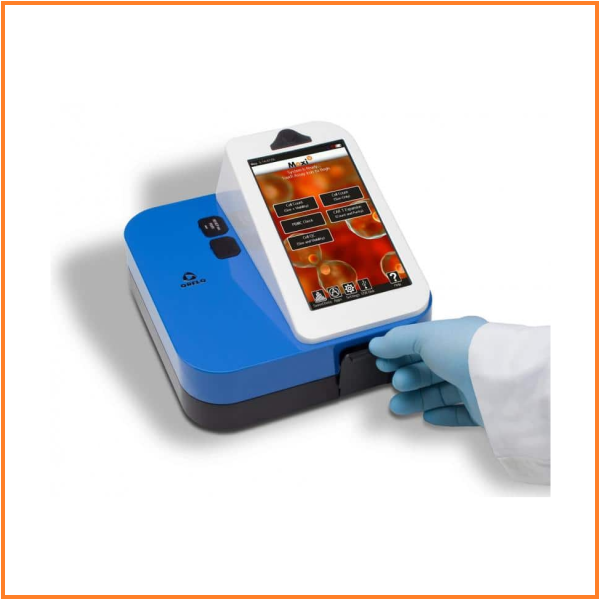

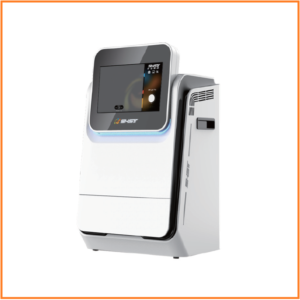
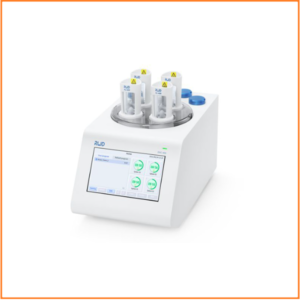

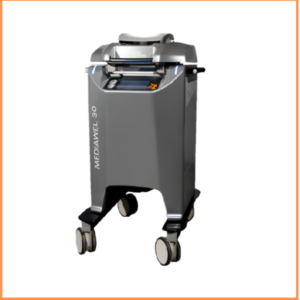
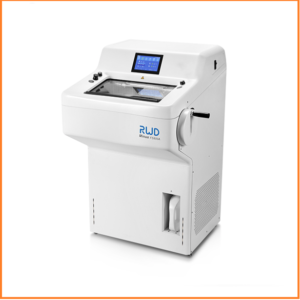


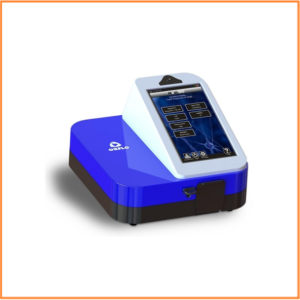
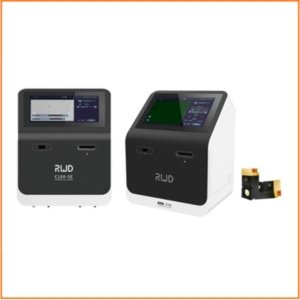
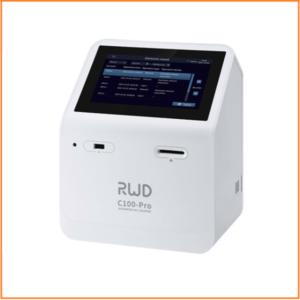

Reviews
There are no reviews yet.